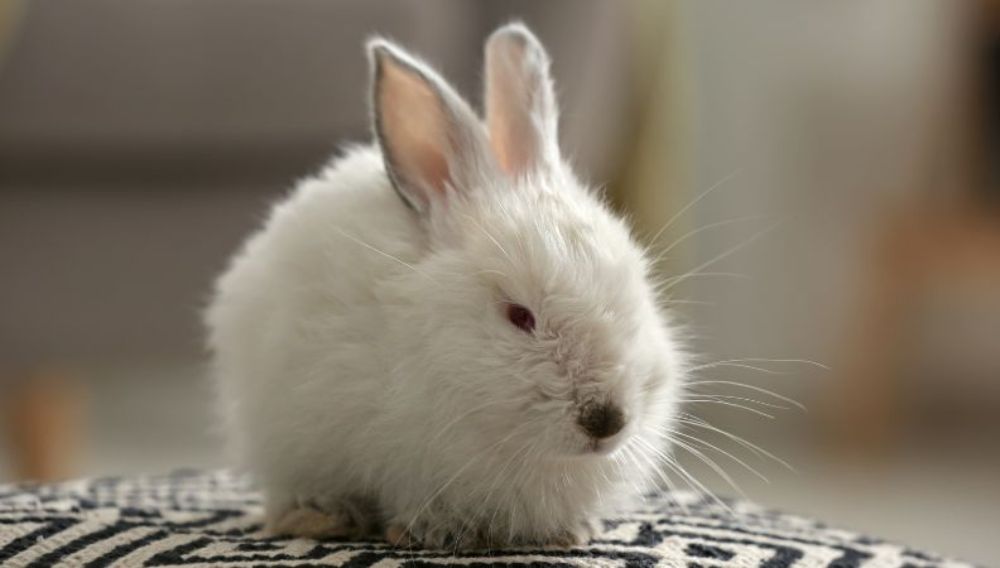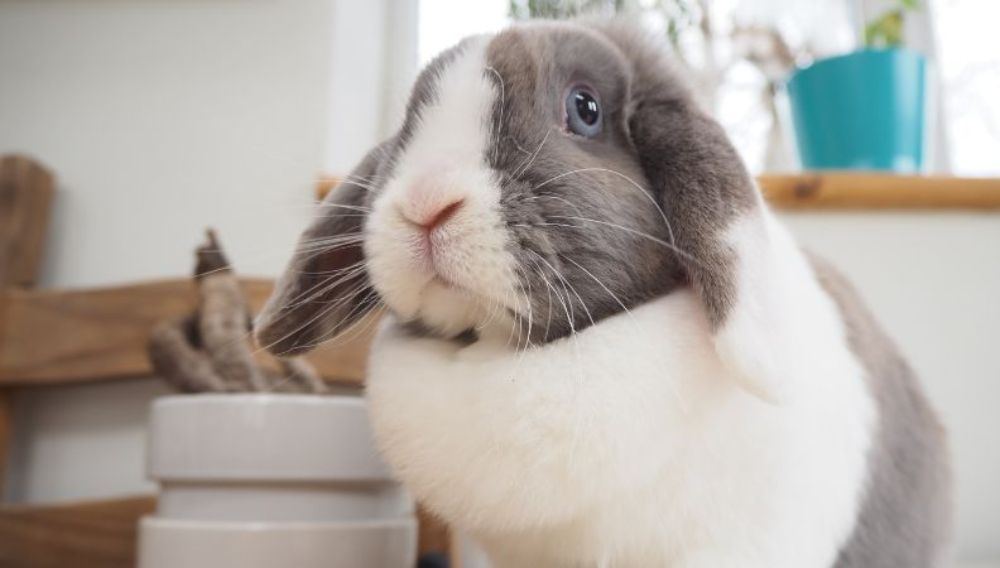
It's common now for rabbits to be house pets, and like cats and dogs, they need plenty of looking after. Living with and looking after a house rabbit needs preparation, so the most important thing you need to do is make your home safe for them.
If your pet rabbit is a new addition to the family, then you can introduce them to their new house straight away. If your rabbits live outdoors, moving them indoors can be a big change, especially if they’re a bit nervous. Older rabbits are easier to house train than young bunnies, so the transition may be easier for them. But with preparation, time and patience most adapt to being a house rabbit.
Introducing an Indoor Rabbit to Your Home
Whether your bunny has come from a pet shop, breeder or has been living in an outdoor hutch, introduce indoor living very gradually. They may not be the social animals you want from the get-go, so train your rabbit to their indoor life slowly. Ideally, they’ll also need another rabbit for company, a pair of rabbits could make sense.
You may find they get scared by lots of noise and activity, so you’ll need to introduce them very carefully so they can share their home happily together. Be especially careful if you already have cats and dogs, they're prey animals so you should make every effort to keep your rabbit safe.
An indoor rabbit should have a constant supply of high-quality fresh hay to keep their digestive system working properly. They must always have access to fresh water too. They also enjoy grazing on grass, so allowing them access to a safe outdoor run for a couple of hours every day is ideal.
This also gives them the chance to exercise properly. They enjoy fresh veg like carrots, sweetcorn, celery and broccoli. You can feed them commercial rabbit food too, but make sure you don’t over feed them. It's important your rabbit has a balanced diet.
Setting up Your Rabbit’s House
You’ll need a large house for a rabbit, so they have somewhere safe to go when it wants to get away from everything. Their house should be at least 180 x 90 x 90 cm if you have a large bunny, but bigger if possible.
The base should be covered with newspaper and a thick layer of wood shavings. Don’t use cedar as this can release fumes which can cause eye and breathing problems. Sawdust isn’t great either as its too dusty. A simple cardboard box stuffed with hay on top makes a great sleeping area for your rabbit to snuggle up in.
Their house will be a safe haven, so fill it with toys and foods so they feel comfortable straight away. If your bunny has been used to living in an outdoor hutch, let them spend a couple of hours a day in their new house and then return them to their hutch.
Keep them in their new house for a few days until they’re confident and happy in your company. Then you can start letting them out for an hour or so a day, and gradually build this up while introducing them to the areas of the house that they’re allowed to roam around.
Always leave the door open so they can retreat back there if they get scared or want to go back for food or water. Your rabbit should return to its litter box to go to the toilet but be prepared for some accidents initially. It’s handy to have a couple of litter trays around the house, just in case they get caught short!

How to Rabbit Proof Your Home
Rabbits like to chew… a lot! If left to their own devices they will chew furniture and skirting boards so perhaps keep them out of rooms where you have your favourite wooden furniture or rugs. Make sure electric cables are out of reach or protect them with hard plastic tubing. Full bunny proofing and giving them lots of chew toys will help prevent any accidents!
Some houseplants are poisonous to rabbits so keep these out of reach. Common house plants and flowers that may be toxic include chrysanthemum, daffodil, tulip, hyacinth, lily, poppy and rhododendron. There are many other plants and flowers that are toxic to rabbits, so it’s best to keep all of them well out of reach.
Wallpaper can be a problem too. Swallowing wallpaper can be dangerous, as wallpaper paste may contain chemicals that are harmful and the paper could also swell up inside them. If you have wallpaper that looks like it’s coming away from the wall, this could be tempting for your rabbit to chew.
Never leave books or magazines lying around either as your bunny may be tempted to a nibble. Having a house rabbit does mean you need to be extra tidy. So always remember to pack things away when you've finished using them!
Extra Things to Be Aware of with a House Rabbit
House rabbits can still get fleas! So if you have other pets like cats and dogs, make sure you keep on top of all of their flea treatments.
Rabbits like to run around your feet, as well as playing under tables and behind sofas! It’s easy for a bunny to get accidentally kicked or get shut in a door as they make little or no noise as they move around. Once you’ve introduced your rabbit into your house, make sure you always tread carefully!
Some rabbits can be particularly destructive, and unfortunately not all bunnies take to life indoors. Destructive behaviour is usually due to boredom or because they’re simply trying to satisfy their natural instincts. It can also be due to dental problems.
If destructive behaviour isn’t caused by any of these, ask your vet for a referral to a rabbit behaviourist. They may be able to help you, but it could just be that they aren't suited to life indoors. In which case, it may be better, not only for you but also for your bunny that they live outside.
Don’t move them outdoors in the winter when the change in temperature from inside to outside is too dramatic.
Everypaw Rabbit Insurance
Here at Everypaw, we want to help you keep your bunny healthy and in tip top shape. So, when it comes to your young rabbit’s care, Everypaw’s Rabbit Insurance could be just the cover to look after your little thumper.
Content provided from Vetstream's Vetlexicon Lapis – www.vetlexicon.com/treat/lapis
Vetlexicon is the world’s largest peer-reviewed online clinical reference source. All our content is written and peer-reviewed by over 1,000 of the world’s leading veterinarians, ensuring relevance, accuracy and quality.
- Speight C & Meredith A (online) House rabbits – rabbit proofing your home. In: Vetlexicon Lapis. Vetstream Ltd, UK. Website: www.vetlexicon.com/treat/lapis/client-information/house-rabbits-rabbit-proofing-your-home
- Vetstream Ltd (online) House rabbits – safety first. In: Vetlexicon Lapis. Vetstream Ltd, UK. Website: www.vetlexicon.com/treat/lapis/client-information/house-rabbits-safety-first!
- Vetstream Ltd (online) Housing your rabbit. In: Vetlexicon Lapis. Vetstream Ltd, UK. Website: www.vetlexicon.com/treat/lapis/client-information/housing-your-rabbit